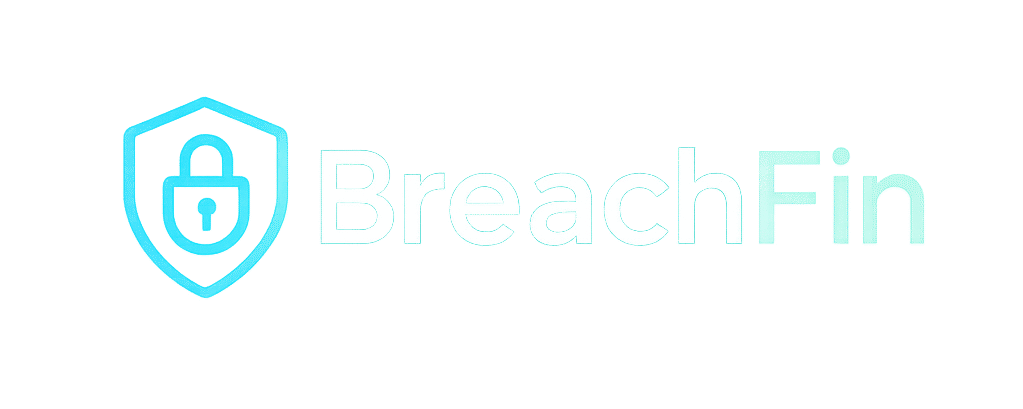In the ongoing effort to protect sensitive data and prevent malicious code execution on the web, Content Security Policy (CSP) has become one of the most widely adopted browser-based security mechanisms. If implemented correctly, CSP can significantly reduce the risk of cross-site scripting (XSS), clickjacking, and code injection.
However, CSP isn’t a silver bullet—and its limitations become particularly important in high-risk environments like payment pages governed by PCI DSS 11.6.1.
This article breaks down exactly what CSP can do, what it can’t, and why Breachfin was built to fill in the gaps.
What CSP Headers Can Do
1. Restrict Where Scripts Can Be Loaded From
CSP allows developers to define a whitelist of trusted domains (using script-src) so that only scripts from those domains can be executed.
2. Block Inline Scripts and Dynamic Code Execution
You can configure CSP to disallow inline scripts (unsafe-inline) and block dangerous patterns like eval() or Function() calls unless explicitly allowed.
3. Reduce the Attack Surface for XSS
By tightly controlling what resources are allowed on the page, CSP significantly reduces the likelihood of successful XSS and injection attacks.
4. Help Meet Some Compliance Controls
Certain security frameworks, including PCI DSS, encourage or require CSP as part of defense-in-depth for browser-based applications.
What CSP Headers Can’t Do
1. They Don’t Validate Script Content
CSP only restricts where scripts come from — not what they do. If a trusted domain like cdn.example.com is compromised, CSP will allow malicious content through.
2. They Can Be Misconfigured (and Often Are)
Many real-world CSPs are overly permissive. For example:
Content-Security-Policy: script-src * 'unsafe-inline' 'unsafe-eval'
This defeats the purpose of having a CSP at all.
3. They Offer No Change Detection or Visibility
CSP doesn’t tell you when a previously trusted script changes, becomes obfuscated, or starts using dangerous patterns. It has no built-in alerting or historical comparison.
4. They Can Be Bypassed
Advanced attackers can use supply chain poisoning, iframe abuse, or abused allowed domains to bypass CSP restrictions entirely.
Where Breachfin Complements CSP
While CSP is a valuable layer of defense, Breachfin provides dynamic, content-based monitoring to ensure JavaScript running on your payment page hasn’t been tampered with—even if it’s loaded from a trusted source.
Here’s how:
- Script Hashing: Every script (inline or external) is hashed using SHA-256 for integrity tracking.
- Entropy Analysis: Obfuscated or encoded scripts are flagged based on entropy scores.
- Dangerous Function Detection: Patterns like
eval()andFunction()are identified and logged. - Historical Comparison: Breachfin compares each new scan to previous baselines to detect unauthorized changes.
- Real-Time Alerts: If anything deviates from your script policy, you’re alerted immediately via webhook.
Final Thoughts
Content Security Policy is a necessary component of any modern web security strategy—but it’s not sufficient on its own. Think of CSP as your browser’s firewall. It controls what gets in, but not what changes once it’s inside.
If you’re serious about protecting your payment flows and staying compliant with PCI DSS 11.6.1, you need real-time, behavioral-level monitoring of every script your users interact with.
That’s exactly what Breachfin delivers.
Ready to see your CSP in action?
Start your free Breachfin scan at breachfin.com and get visibility into what your headers are protecting—and what they aren’t.

